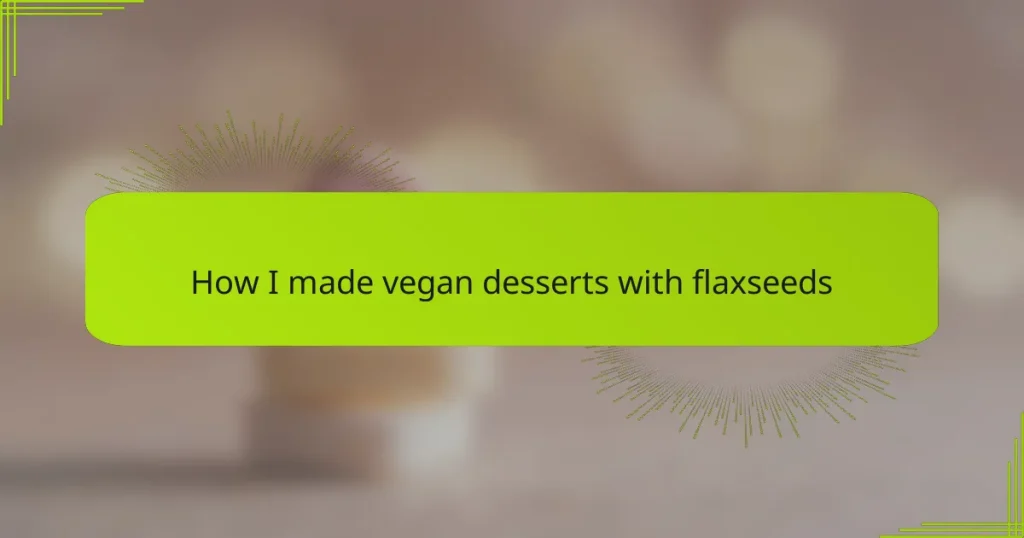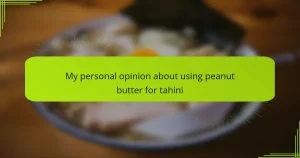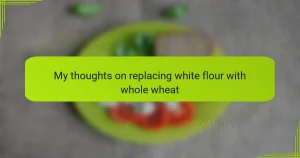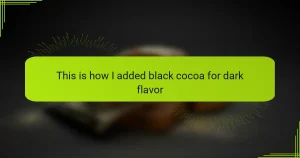Key takeaways
- Vegan desserts are made without animal products, using alternatives like flaxseeds for binding and moisture.
- Flaxseeds enhance the texture and flavor of desserts while adding nutritional benefits such as fiber and omega-3 fatty acids.
- Creating a “flax egg” involves mixing ground flaxseeds with water, which acts as a versatile egg substitute in baking.
- Freshly grinding flaxseeds and timing the gel formation are essential for achieving the best texture in vegan desserts.
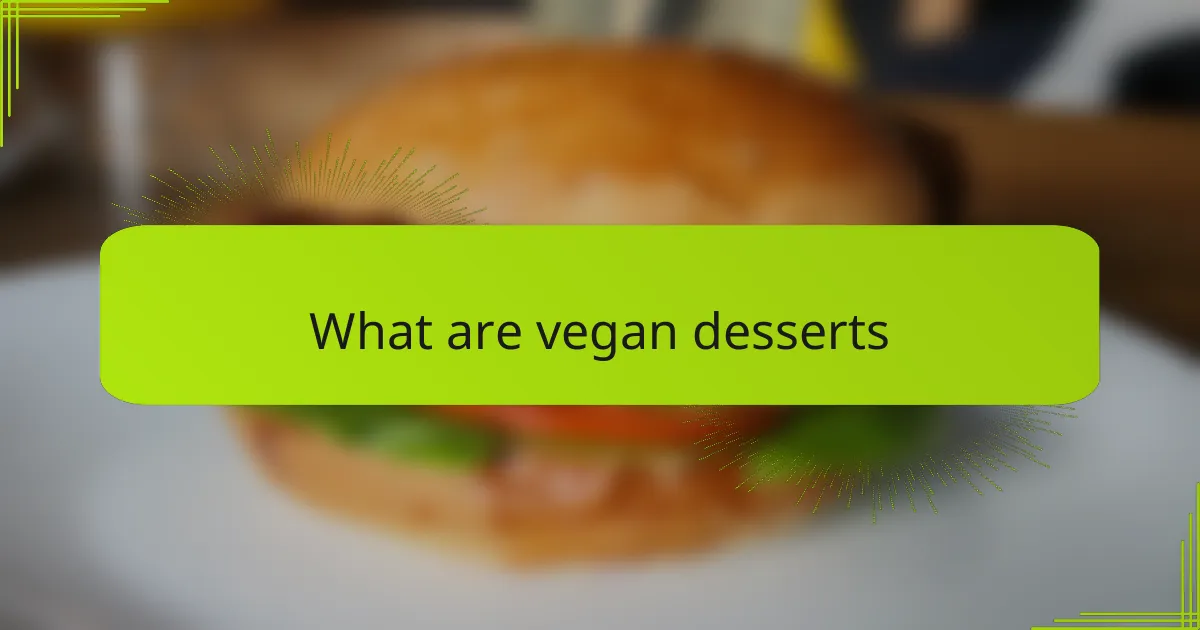
What are vegan desserts
Vegan desserts are sweet treats made entirely without animal products. That means no eggs, dairy, or honey—ingredients we’re so used to in traditional baking. When I first encountered vegan desserts, I was surprised at how creative and delicious they could be even without these staples.
Have you ever wondered how something as simple as a dessert can be reinvented to align with a compassionate lifestyle? Vegan desserts do exactly that. They prove you don’t have to sacrifice flavor or texture to make ethical choices that feel good inside and out.
For me, discovering vegan desserts was like opening a door to a whole new world of possibilities. Each recipe became a fun challenge, where humble ingredients like flaxseeds and plant-based milks turned into indulgent sweets that satisfied every craving without compromise.
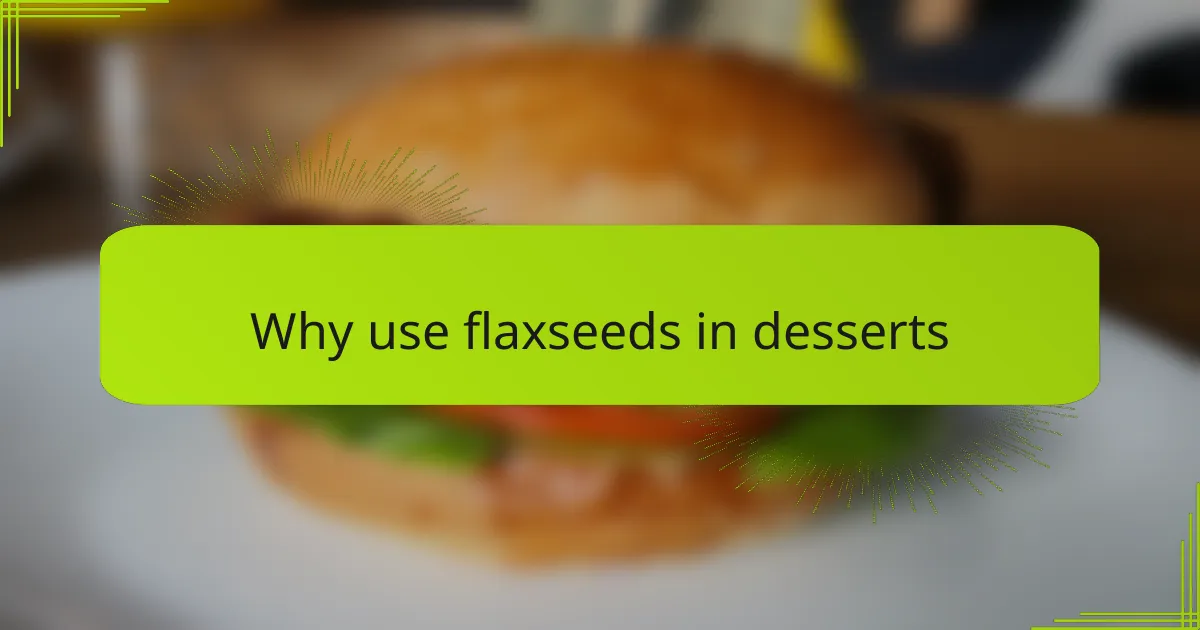
Why use flaxseeds in desserts
Why choose flaxseeds for vegan desserts? From my experience, flaxseeds are a game-changer because they naturally mimic the binding power of eggs, which can be tricky to replace. I remember the first time I swapped eggs with a flaxseed “egg” in a brownie recipe—it held everything together perfectly, and the texture was just right.
Beyond their functional role, flaxseeds add a subtle nuttiness that deepens the flavor without overpowering the dessert. Have you ever noticed how some ingredients just enhance a recipe quietly but meaningfully? That’s how flaxseeds work for me—they blend in seamlessly while giving a wholesome boost.
Plus, there’s a sense of satisfaction knowing you’re adding a superfood that’s rich in fiber and omega-3s. When I bake with flaxseeds, it feels like I’m not only making delicious treats but also making healthier choices, which makes indulging all the sweeter.
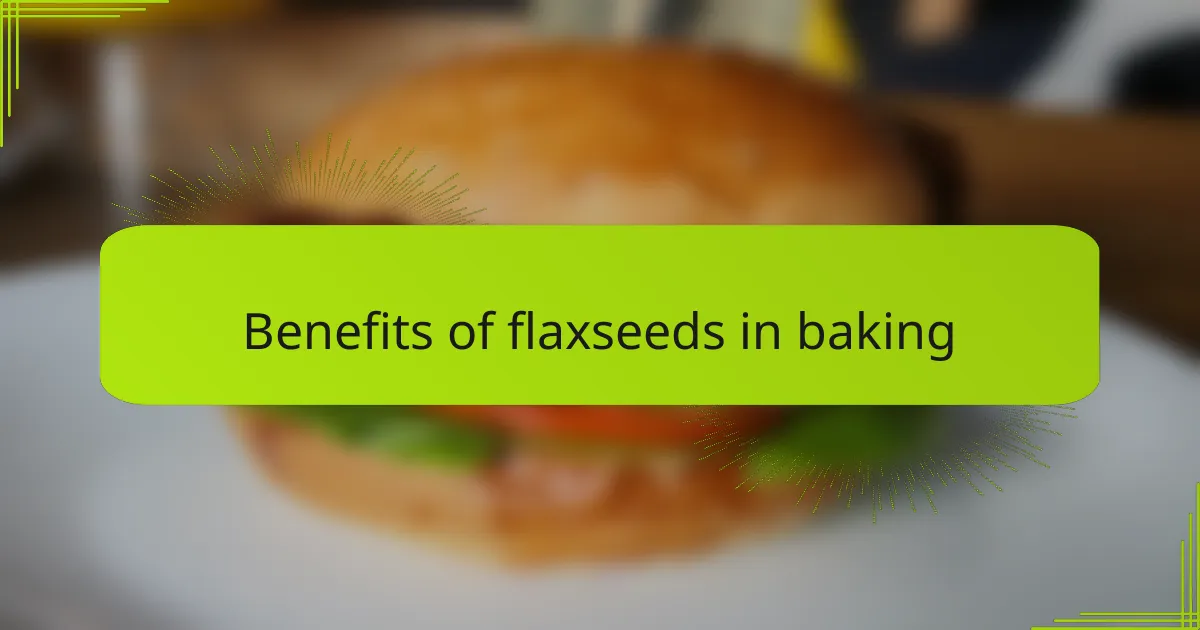
Benefits of flaxseeds in baking
One of the biggest benefits I noticed when baking with flaxseeds is how they improve the texture of vegan desserts. Without eggs, some treats can turn out dry or crumbly, but flaxseeds add moisture and help everything hold together just right. Have you ever struggled with a recipe that just wouldn’t bind? Flaxseeds solved that for me every time.
Another thing I appreciate is the nutritional boost flaxseeds bring to my desserts. They’re packed with fiber and omega-3 fatty acids, which felt like a win when I wanted something sweet but still healthy. It’s like sneaking in a little extra goodness without giving up on taste.
Flaxseeds also add a gentle nutty flavor that I personally find comforting, especially in desserts like muffins or cookies. It’s subtle but noticeable enough to enrich the overall experience, making each bite feel a bit more special. I love how such a simple ingredient can have such a layered impact on my baking.
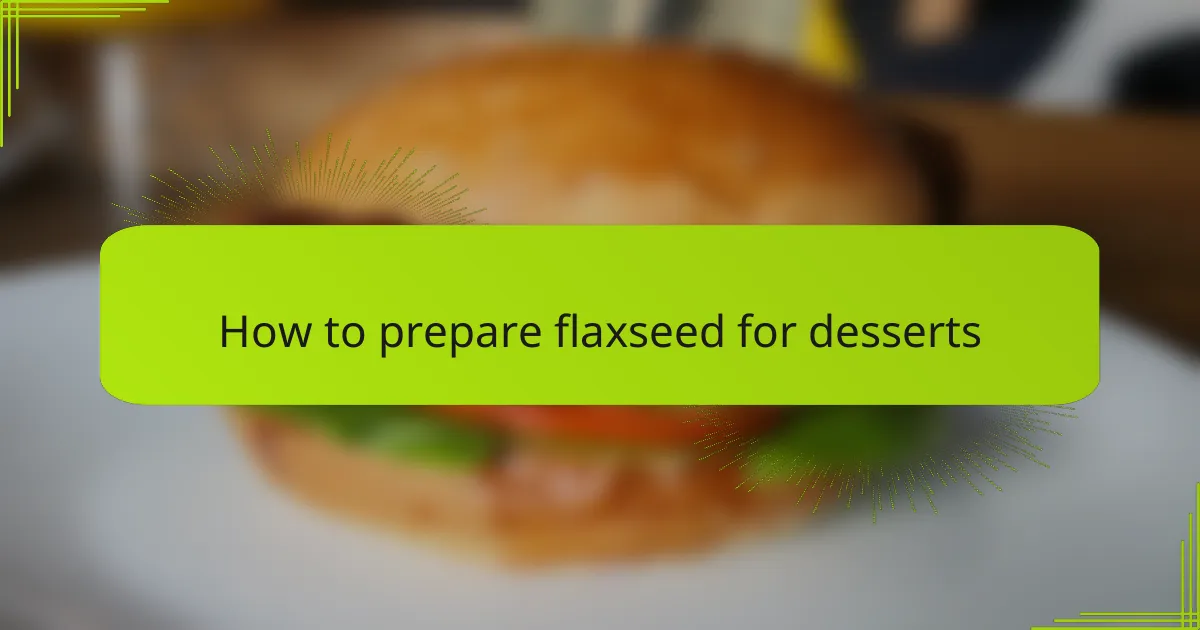
How to prepare flaxseed for desserts
Preparing flaxseeds for desserts starts with grinding them into a fine meal. I used to buy whole flaxseeds, but I quickly learned that leaving them whole doesn’t release their magic—it’s like having the key but not turning the lock. Grinding makes sure they blend smoothly and do their binding job perfectly.
Once ground, mixing flaxseed meal with water creates a gel-like “flax egg” that’s surprisingly versatile. I always let it sit for about five minutes; the transformation fascinates me each time—it thickens and becomes this sticky binder that replaces eggs beautifully. Have you noticed how such a small step can change the whole texture of your batter?
If you’re short on time, you can prepare a larger batch of flaxseed gel and store it in the fridge for a few days. When I started doing this, baking felt less like a chore and more like a creative flow. It made me wonder why I hadn’t thought of it sooner!
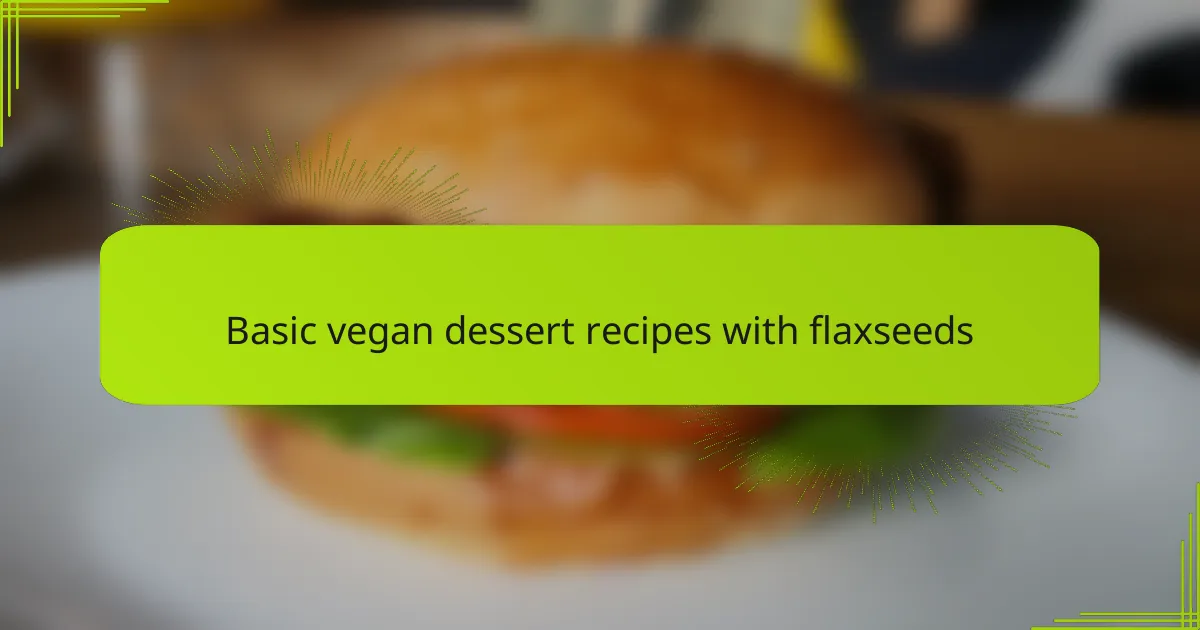
Basic vegan dessert recipes with flaxseeds
When I first started experimenting with basic vegan dessert recipes using flaxseeds, I was amazed at how simple ingredients could come together so effortlessly. One of my favorite go-to recipes is a straightforward flaxseed brownie where the flax egg not only binds the batter but also adds a subtle, nutty undertone that lifts the entire flavor. Have you ever been surprised by how a single substitution can transform a classic dessert into something new and exciting?
Another easy recipe I love is flaxseed-based vegan cookies. Just mixing ground flaxseeds with a bit of water as an egg replacer made the dough come together perfectly without any fuss. What struck me was how the flaxseed’s moisture helped keep the cookies chewy, a texture I thought was only achievable with traditional ingredients. It felt like a small discovery that opened up endless baking possibilities.
In my kitchen, these basic recipes have become the foundation for countless variations. From muffins to simple bars, flaxseeds consistently provide that binding and moistening effect I rely on. I often ask myself, why complicate recipes when such humble seeds can deliver so much? For anyone curious about vegan baking, starting with these flaxseed basics is a practical and rewarding step.
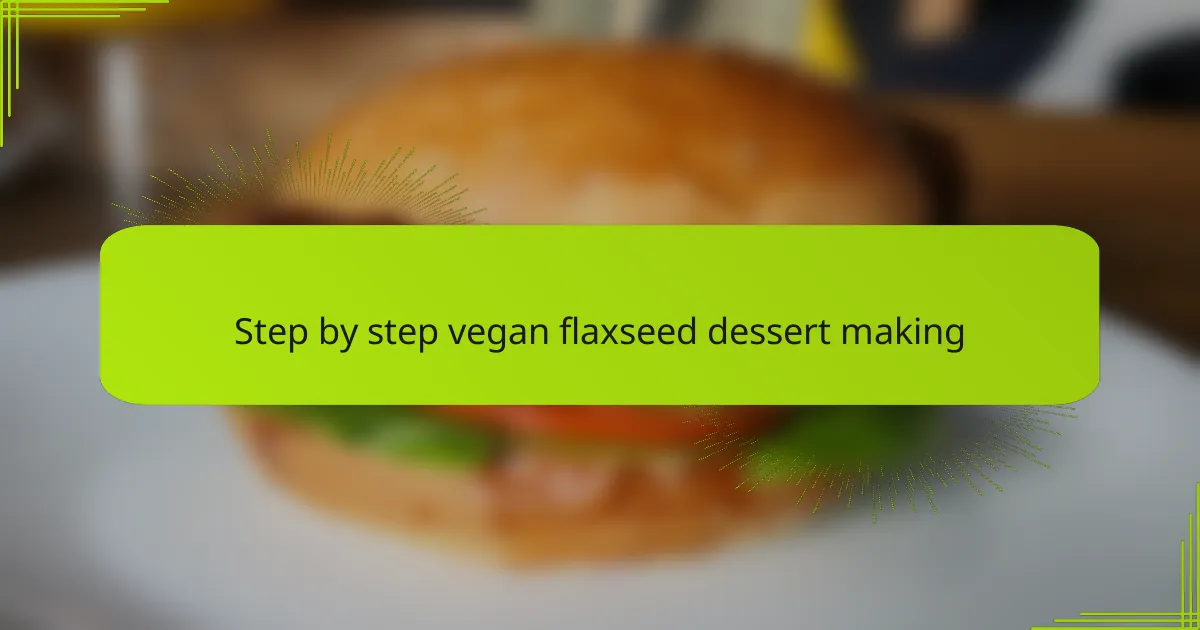
Step by step vegan flaxseed dessert making
The very first step in making vegan flaxseed desserts is creating the flax egg—the star binder of the show. I remember being amazed at how just one tablespoon of ground flaxseeds mixed with three tablespoons of water gradually forms a gel-like texture after sitting for about five minutes. Have you ever witnessed such a simple mixture turn into a perfect egg substitute? It’s like watching a little magic happen right in your kitchen.
Once the flax egg is ready, mixing it into your dessert batter is where everything starts to come together. From my experience, gently folding it in ensures everything binds well without overworking the mixture, which can change the texture. It’s a delicate balance, but getting it right makes all the difference between a crumbly mess and a moist, satisfying treat.
Baking time and temperature are the final pieces of the puzzle. I’ve found that keeping a close eye on the oven and testing with a toothpick early helps avoid drying out the dessert. Because flaxseed-based batters tend to hold moisture differently, adjusting these details based on the recipe is part of the learning curve I’ve embraced—and it’s always worth the delicious outcome.
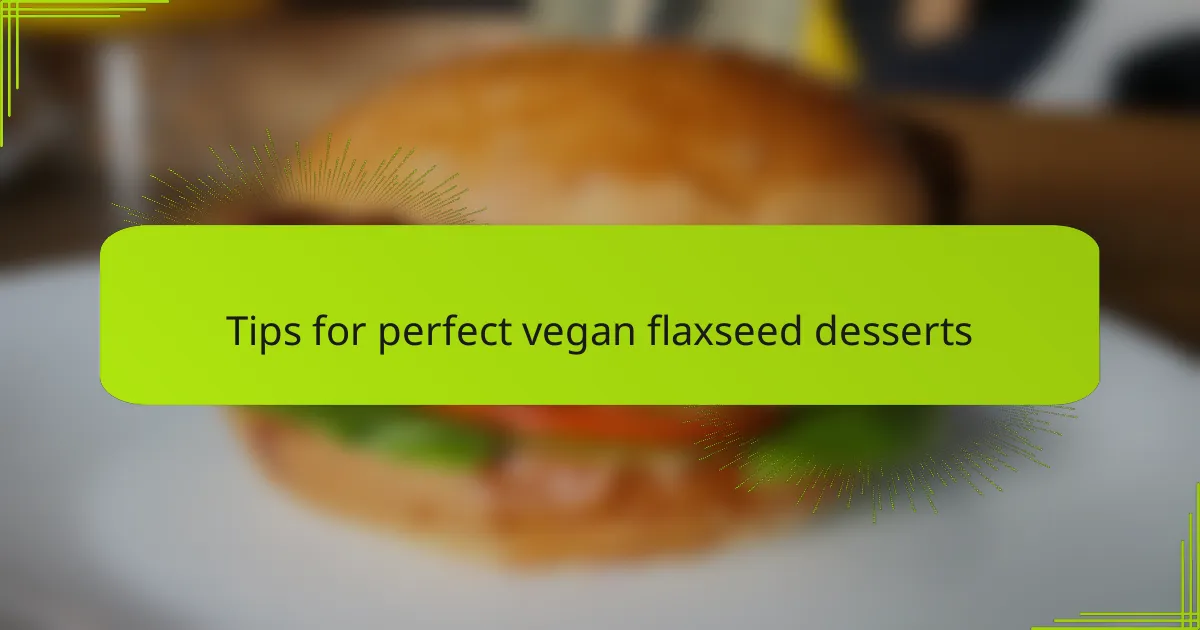
Tips for perfect vegan flaxseed desserts
One tip I swear by is always grinding your flaxseeds fresh. I used to buy pre-ground flaxseed meal and thought it was fine, but once I switched to grinding whole seeds myself, the texture of my desserts improved dramatically. Have you noticed how freshly ground flaxseeds give your batter a smoother consistency and a richer nutty flavor? It’s a small step that truly elevates the final result.
Another thing I learned the hard way is timing the flax egg’s rest period just right. Sitting it for about five to ten minutes lets it thicken into that perfect gel, but if you wait too long, it can get overly sticky and tough to work with. I remember one baking session when I got impatient and added the flax egg too soon—it threw off the texture completely. Since then, I treat that waiting time as a crucial moment, a little pause that makes all the difference.
Lastly, don’t underestimate the importance of watching your bake closely. Flaxseed desserts can be a bit more delicate and prone to drying out if left too long in the oven. I’ve found myself nervously peeking early with a toothpick, and honestly, catching the dessert just at the right moment feels like winning a tiny baking battle. Have you experienced that relief when your vegan dessert comes out moist, tender, and flawless? It’s absolutely worth the extra attention.
